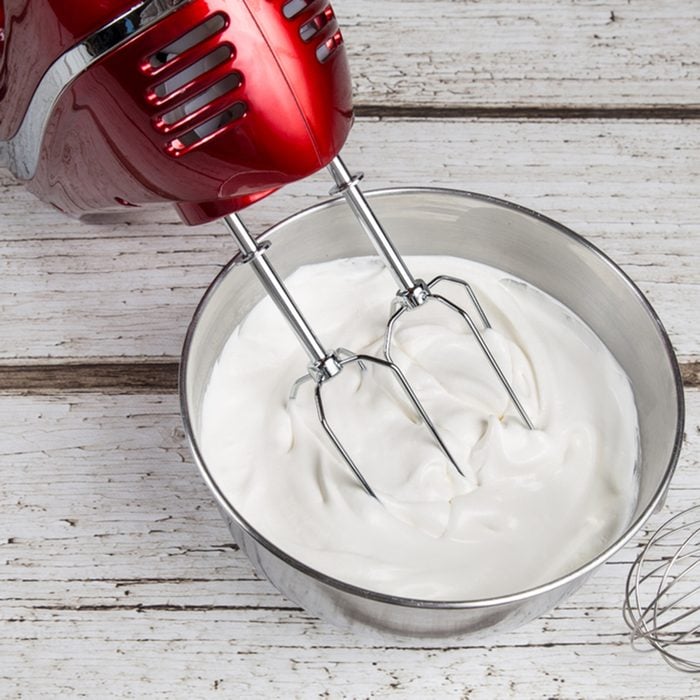
Overmixing the icing
You should blend the icing using the lowest speed on your mixer. If you overmix or mix the icing on a high setting, you’ll whip too much air into the mix, leaving you with a frosting that looks more like a crunchy sponge than a smooth finish.
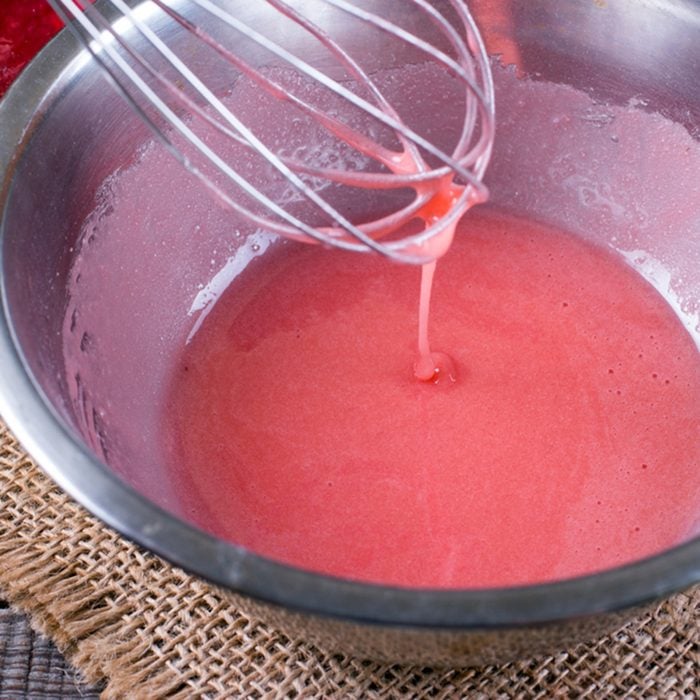
Using icing that’s too runny
As much as you don’t want to overmix your royal icing, you also don’t want to undermix or you’ll be left with a runny mess. If your sugary spread isn’t stiff enough, try adding a little more powdered sugar until it reaches a creamier consistency.
Psst: Here’s the best hand mixer to use, according to the pros.
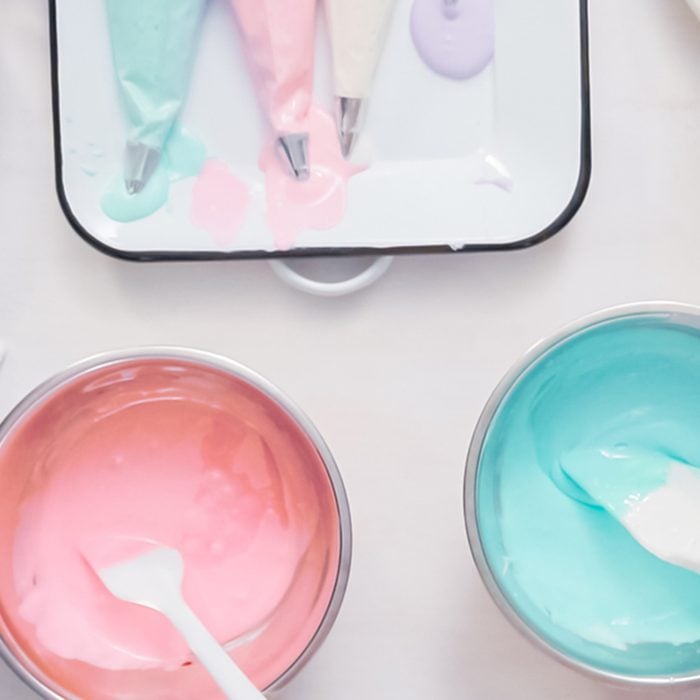
Not properly mixing in coloring
Craving cute and colorful cookies? You can tint your own royal icing at home, instead of spending money on pre-blended tubes. However, make sure to thoroughly stir the gel coloring into the base icing. Otherwise, you’ll end up with sloppy streaks.
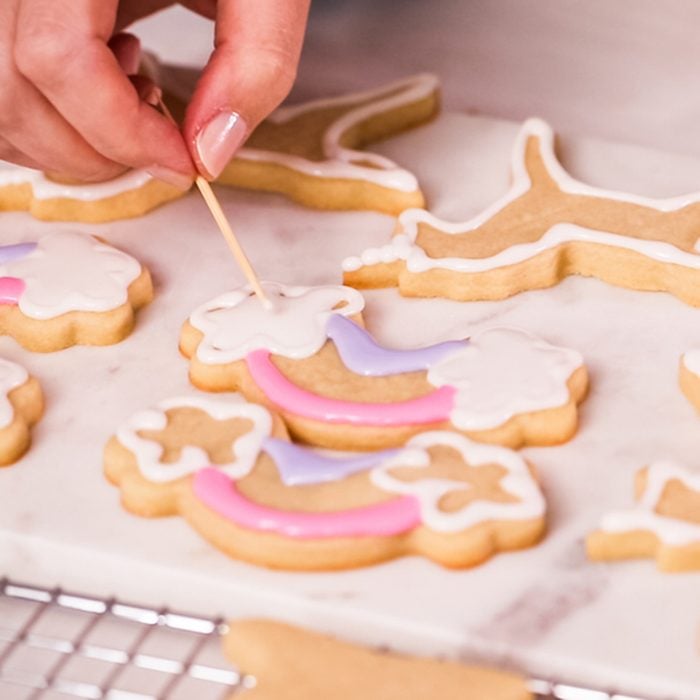
Ignoring air bubbles
What starts as a tiny air bubble can quickly become a disastrous dent in your frosting if you don’t catch it soon enough. To prevent these pesky problem spots, lightly tap the cookies on a flat surface after you ice them to bring the air bubbles to the surface. Then, use a toothpick to carefully pop each bubble and blend it into the rest of the frosting.

Not coloring white icing
To make these sugary snowflake cookies a wintry white hue, you can just leave the icing plain… right? Nope. While the royal icing base might look like the color of fresh snow when it’s wet, it’ll dry as more of an off-white, cream shade. If you want a pure white tint, mix in a couple drops of blue color.
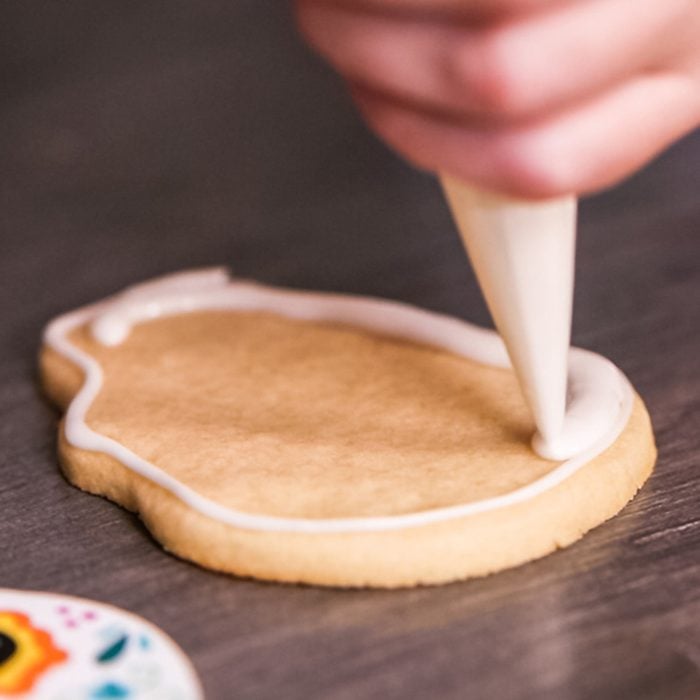
Flooding without outlining
Flooding is the popular decorating technique that refers to coating the top of a cookie in a thin layer of frosting. Sounds easy enough, but there is one key to flawless flooding: piping a border around the end of the cookie first, using a slightly thicker icing. Skip this step, and, well, your royal icing shall runneth over. Eek!
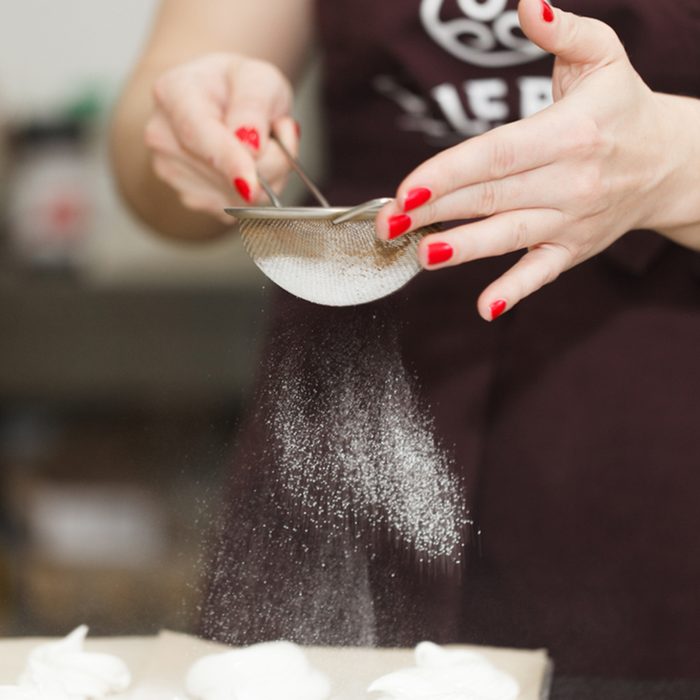
Forgetting to sift the powdered sugar
This is most likely the reason your piping tips keep getting clogged. If you don’t thoroughly sift your powdered sugar when you’re mixing it into the royal icing, you’ll wind up with clumps. It will make decorating difficult and make the final result look sloppy. So sift, sift, sift!
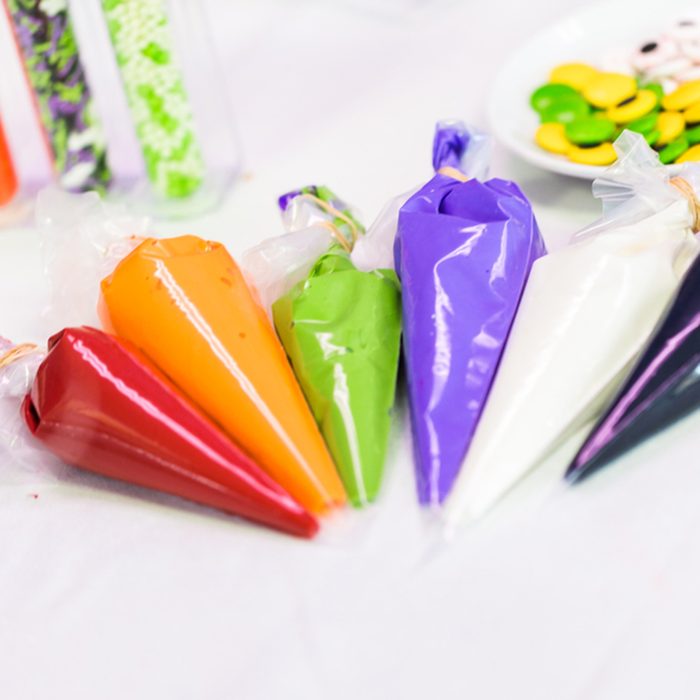
Using too much icing
You can definitely have too much of a good thing when it comes to royal icing. Avoid the urge to pile on your frosting and instead use a very thin coat.

Not waiting for the icing to dry
Make sure you give your frosting plenty of time to harden before you try to move the cookies or transfer them to a container. By plenty of time, we mean at least 24 hours of uninterrupted air drying so you don’t end up with smears. If you want to speed up the process, place the cookies under a fan (on the lowest setting) while they set.
